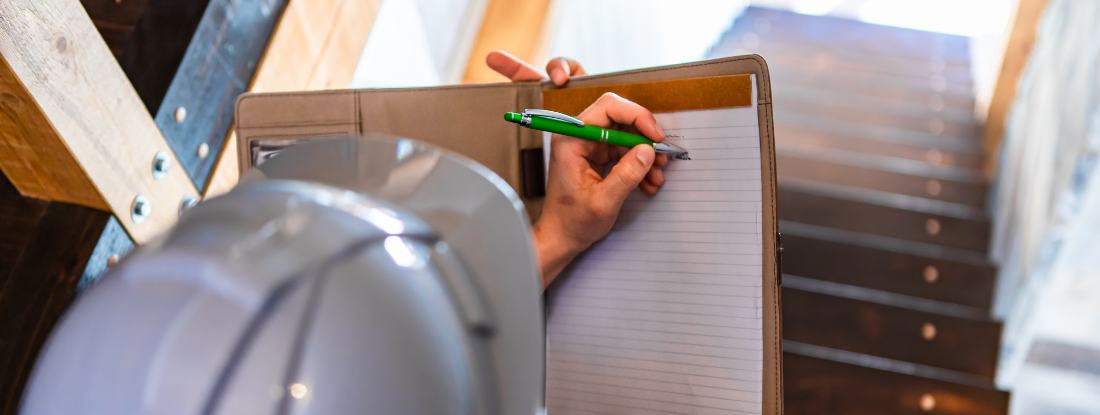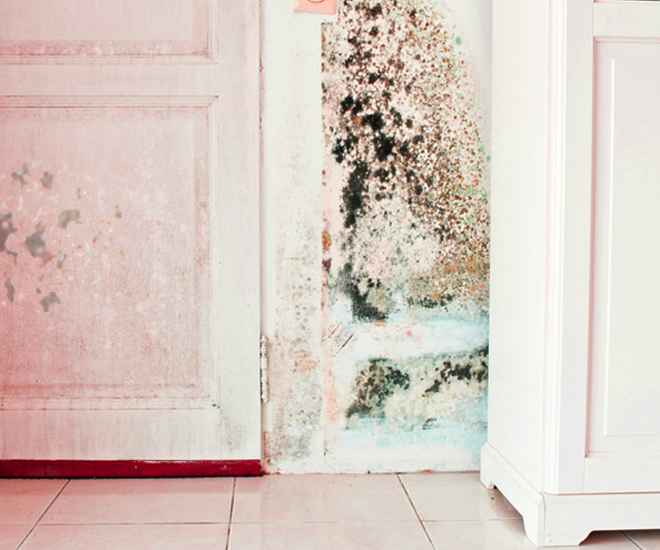Trick Steps for Effective Blog Post Mold Removal
Efficiently finishing mold removal is a diverse procedure that requires interest to information and adherence to specific protocols. These steps not just verify the success of the removal initiatives but likewise add to protecting against future mold growth.
Inspection of Treated Areas
Upon completion of the mold and mildew removal procedure, a detailed inspection of the treated locations is necessary to ensure the effectiveness of the remediation efforts. This assessment functions as a critical action in the post-remediation stage to validate that the mold elimination and cleaning procedures achieved success in getting rid of the mold invasion and bring back a risk-free indoor environment. The evaluation should be conducted by qualified professionals that have the knowledge to evaluate the remediated areas meticulously.
During the evaluation, numerous factors are examined to identify the success of the remediation process. These consist of visual evaluations to look for any type of signs of mold development or water damage, moisture degrees to verify that the area is complimentary and dry of excess humidity that can advertise mold re-growth, and air top quality screening to guarantee that the interior air is risk-free to breathe. Additionally, the evaluation may entail utilizing specialized tools such as moisture meters and thermal imaging video cameras to discover hidden mold and mildew or wetness pockets that could result in future mold troubles if left unchecked. Overall, an extensive assessment of the treated areas is important to validate the performance of the mold and mildew removal initiatives and supply satisfaction to the occupants of the building.

Moisture Control Measures
Reliable dampness control procedures are vital for avoiding mold and mildew growth and keeping a healthy interior atmosphere. To attain this, it is essential to attend to resources of moisture within the building. Appropriate air flow is vital to controlling humidity levels. Setting up exhaust followers in kitchen areas and washrooms can aid remove excess wetness. Furthermore, utilizing dehumidifiers in damp areas can help in reducing moisture levels, making it harder for mold to flourish.
Frequently evaluating and preserving the building's exterior can also prevent moisture breach. Post Remediation Inspection near me. Guaranteeing that rain gutters are clear, downspouts direct water far from the foundation, and the roofing system is in good problem can aid prevent water from permeating right into the building. Correctly securing home windows and doors can also assist keep moisture out
In instances where water damages takes place, punctual activity is essential. Any kind of spills or leakages should be cleaned and dried out within 24-48 hours to avoid mold growth. Using dampness meters can help spot covert sources of water and ensure thorough drying. By carrying out these wetness control measures, the risk of mold and mildew repeating can be considerably reduced, developing a healthier indoor setting.
Correct Ventilation Evaluation
An integral element of making certain a healthy indoor environment post mold remediation is conducting a thorough assessment of the ventilation system. Post Mold Remediation Report. Appropriate ventilation assessment plays an essential role in avoiding future mold growth and keeping air top quality within the damaged area. During the evaluation, specialists review the performance of the air flow system, inspecting for any clogs, leakages, or malfunctions that could prevent appropriate air flow. It is vital to ensure that the ventilation system is properly sized for the space it offers which it fulfills market requirements for air exchange rates.
In addition, analyzing the air flow system includes analyzing the distribution of air throughout the location to recognize any type of locations of bad flow where dampness and impurities could accumulate. Appropriate ventilation not only aids in controlling humidity levels yet likewise help in eliminating remove mold on face air-borne mold spores and various other pollutants, consequently boosting overall indoor air top quality. By dealing with any kind of air flow issues publish mold and mildew remediation, homeowner can create a healthier and a lot more comfy environment for passengers while lowering the danger of mold re-infestation.
Cleansing and Sanitation Protocols
To guarantee extensive mold and mildew removal, precise adherence to specific cleansing and disinfection methods is critical. Cleansing and disinfection protocols play an important role in the post-mold remediation phase to protect against the recurrence of mold growth and make sure a healthy and secure atmosphere.
After the preliminary cleaning, thorough disinfection of the affected locations is required to kill any kind of staying mold and mildew spores and prevent their spreading. This step is crucial in protecting against the spread of mold to various other components of the property. Furthermore, implementing safety nets such as applying mold and mildew inhibitors and keeping appropriate air flow can help decrease the danger of future mold and mildew invasions. By adhering to stringent cleansing and sanitation protocols, homeowner can ensure the successful obliteration of mold and create a healthy and balanced indoor environment for owners.
Tracking and Maintenance Plan
Applying a routine surveillance and upkeep plan is necessary for ensuring the long-term efficiency of mold and mildew removal initiatives. As soon as mold and mildew removal is finished, it is critical to develop a monitoring schedule to evaluate the success of the removal process. This involves consistently inspecting the formerly influenced locations for any signs of mold reoccurrence or water damage. By conducting regular checks, any type of brand-new mold development can be promptly recognized and attended to, avoiding a reoccurrence of the initial issue.
In addition, establishing an upkeep strategy is crucial to preventing future mold issues. Normal maintenance not only assists in stopping mold and mildew yet additionally contributes to maintaining a healthy indoor environment - Post Mold Remediation Report.
Final Thought
To conclude, successful post mold and mildew remediation involves thorough inspection of treated locations, implementation of wetness control steps, assessment of appropriate air flow, adherence to cleansing and disinfection methods, and establishment of a surveillance and maintenance strategy. These essential actions are important to ensure that mold development is effectively gotten rid of and prevented from reoccuring in the future. By complying with these guidelines, building owners can maintain a risk-free and healthy setting for residents.
Upon conclusion of the mold removal process, a detailed assessment of the dealt with locations is necessary to make certain the efficiency of the removal efforts. These include try this out visual evaluations to inspect for any type of indications of mold and mildew development or water damage, moisture degrees to validate that the location is dry and complimentary of excess humidity that can advertise mold re-growth, and air quality screening to make certain that the indoor air is safe to take a breath. Furthermore, the evaluation may entail making websites use of specialized tools such as moisture meters and thermal imaging electronic cameras to discover hidden mold or moisture pockets that can lead to future mold and mildew problems if left unchecked. By addressing any kind of ventilation concerns publish mold and mildew remediation, residential property owners can develop a healthier and extra comfortable environment for owners while minimizing the risk of mold re-infestation.
